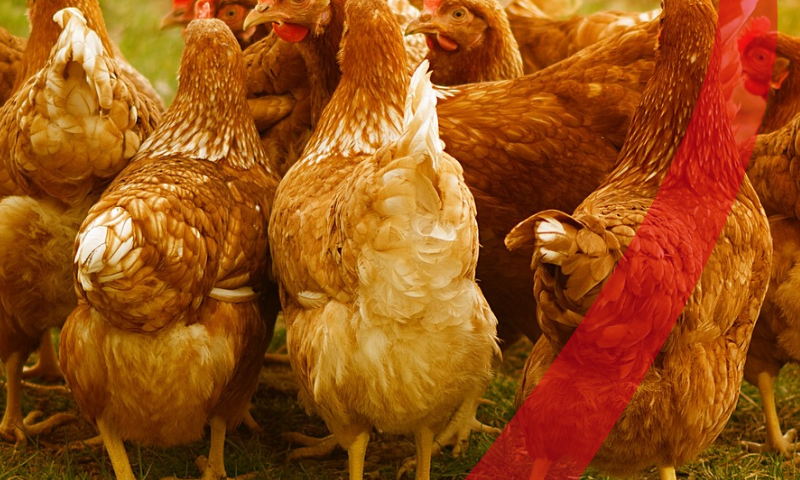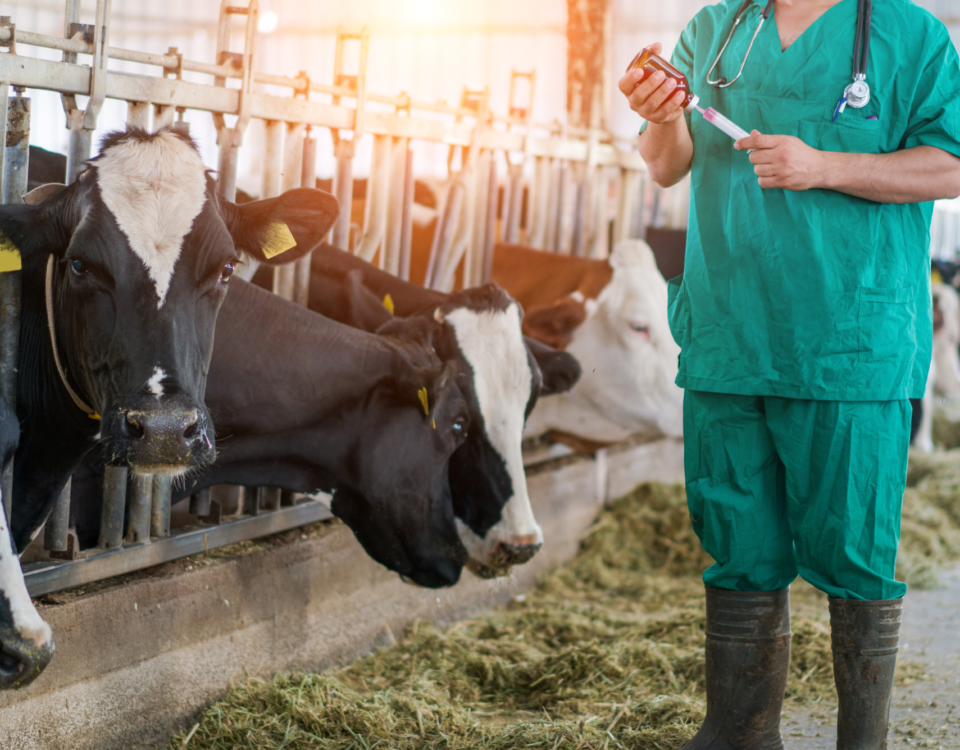Heat Stress in Poultry

Calcium balance during post-partum phase
January 9, 2020
Heat Stress in Pigs
July 6, 2020HEAT STRESS IN POULTRY
Nutritional advice for proper management during summer months avoiding heat stress in poultry
We can define stress as the set of responses of an animal’s organism to a stimulus or event (stressor) that alters its homeostasis.
Homeostasis is the ability of the organism to keep internal conditions constant as the external environment changes.
Heat represents one of the main stressors in the poultry sector, and the economic impact that heat stress has on the industry is enormous.
The reduction of food consumption, the reduction of growth, the quality of the meat, the egg-laying rate, the quality of egg’s shells, and the increase in mortality are the main effects of heat stress.
Birds, not being equipped with sweat glands, exchange heat with the environment through the body surface: increasing the flow of blood to the surface blood vessels dissipates the heat.
However, when the environmental conditions do not allow to create an optimal temperature and humidity gradient, for these exchanges to take place, birds resort to open beak breathing or “panting,” an evident symptom of heat stress. By increasing the respiratory rate, the exchanges between the inspired air and the blood vessels of the air sacs increase to eliminate heat and humidity.
With the genetic selection, high-performance targets have been achieved that make animals more susceptible to heat stress.
The higher production “thrust,” requiring an intense metabolic activity, produces a quantity of heat that cannot be properly disposed of through the body surface when temperature and humidity are not optimal.
Especially in broilers, genetic selection has an energetic imbalance in the relationship between the body surface and weight, this mechanism is compromised, and respiratory compensation is forced.
HEAT STRESS IN POULTRY, EFFECTS
One of the main effects of heat exchange through open beak breathing is the state of alkalosis, the increase in blood pH.
By increasing the frequency of respiratory exchanges, the share of carbon dioxide is eliminated through breathing out, and, consequently, the pH of the blood increases.
The direct result of this state is a lower availability of calcium bicarbonate for the mineralization of egg’s shells and their lower resistance.
The neuroendocrine profile of animals is also modified with the onset of heat stress. Through the activation of the hypothalamic-pituitary-adrenal axis, the production of cortisol increases, with an immunosuppressive role. In fact, in animals affected by heat stress in poultry, there is a lower development of the organs responsible for the immune response and fewer circulating antibodies.
Another adverse effect of heat stress worthy of note is the increase in ROS (Reactive Oxygen Species) production: the so-called free radicals.
STRATEGIES TO FIGHT HEAT STRESS IN POULTRY
The most advantageous short-term managerial solutions are: 1) to perform pre-acclimatization programs at increasing temperatures before the periods at risk to improve the thermotolerance of the animals, 2) to adopt food restriction protocols, and 3) to provide cooling systems.
The nutritional solutions, on the other hand, provide a series of measures that the feeder or the breeder can adopt to support the animal’s response to the state of stress.
PROTEIN LEVEL OF THE DIET
The protein content of the diet plays an essential role when managing farm temperatures becomes difficult, with incoming heat stress in poultry.
In past years, it was recommended to increase the diet’s protein content with the onset of the reduction of ingestion from heat stress while keeping the growth constant.
Several studies refuted this practice since the best use of the protein compensates for the lower protein intake if the ingestion is reduced.
However, the ideal protein balance is still controversial: suppression of the growth rate due to heat stress seems to be reduced by the lysine and methionine supplement.
That suggests that the support of essential amino acids keeps growth rates constant without changing the protein content of the diet.
INTEGRATION OF ELECTROLYTES
Increased electrolyte excretion is one of the main consequences of heat stress in poultry.
Resulting imbalances lead to a reduction in growth rates in the broilers and a reduction in weight of the egg, and the quality of the egg’s shell in hens. The electrolyte supplement through the use of rehydrating solutions helps to buffer the effects of these imbalances by promoting the restoration of the correct electrolyte integration to increase the resistance of the animal to heat stress.
INTEGRATION OF VITAMINS
Vitamins play an essential role in the immune system and in anti-oxidant systems, which inhibit the harmful effect of ROS produced during heat stress in poultry.
Physiological alterations related to stress, reducing absorption and use, lead to a higher demand for vitamins to guarantee biological functions. Even vitamins that generally do not represent a real need such as vitamin C, endogenously synthesized in domestic poultry species, during heat stress need to be integrated as it dramatically increases the body’s demand.
Several studies recommend supplementing the diet with electrolytes and vitamins during heat stress to reduce the harmful effects on the body.
PLANTS AND DERIVATIVES, A SMART HELP FROM NATURE TO AVOID HEAT STRESS IN POULTRY
Many studies show how the derivatives of some plants intervene in reducing the effects of heat stress in poultry thanks to the action of their active ingredients.
The white willow plant (Salix alba), for example, contains natural phytocompounds, such as polyphenols and salicylates, which act at different levels in the organism, helping it restore the physiological and oxidative balance. This effect occurs in particular moments of the production cycle in which the biological functions are altered as during oxidative stress and more generally heat stress.




